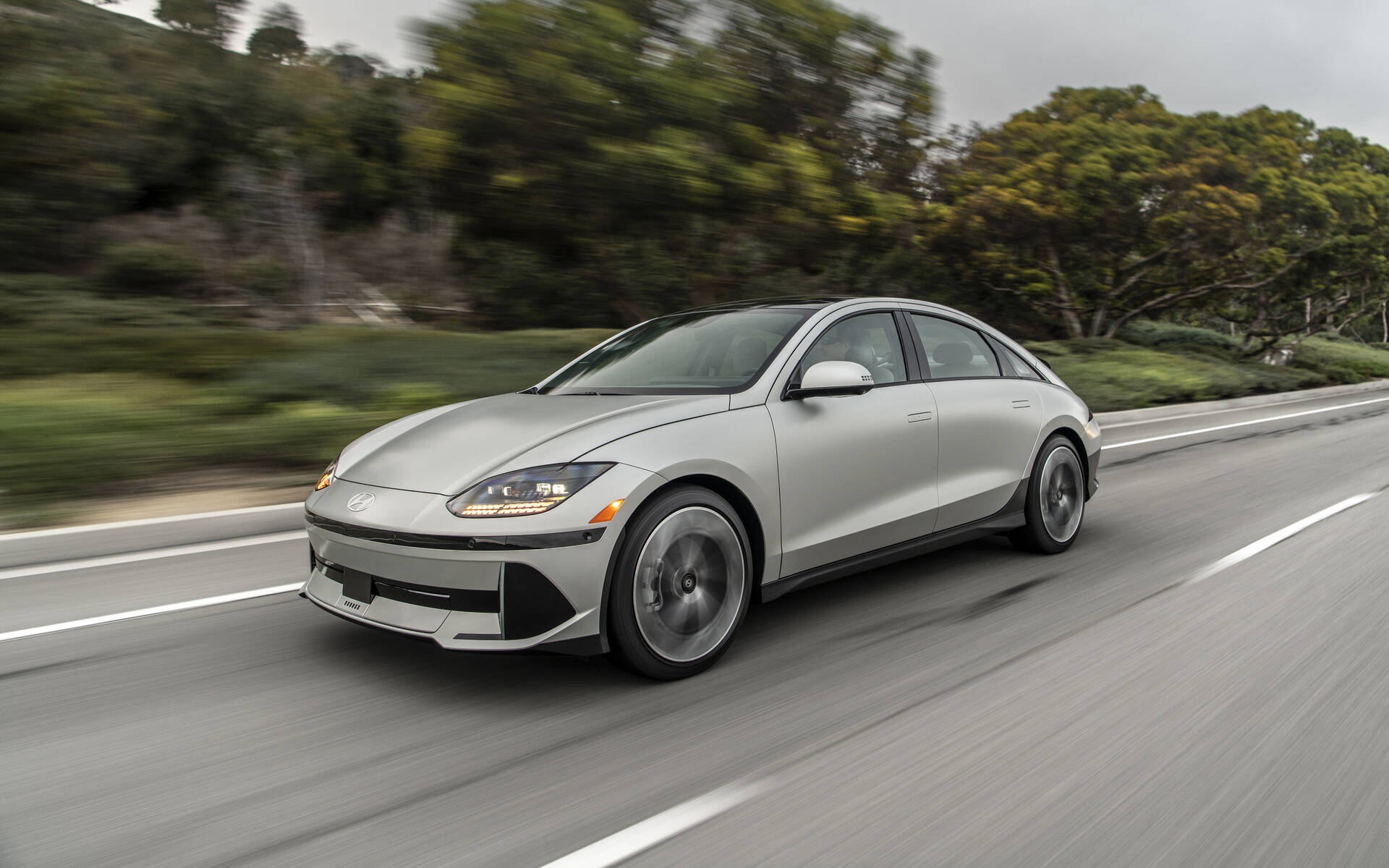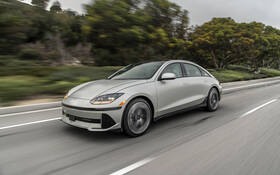This is the Average Range of EVs on Sale Right Now
For about nine out of ten Canadians, daily trips are not longer than 100 km. And what’s the average range of an EV right now? According to the U.S. Environmental Protection Agency (EPA), based on the entire fleet of 2023 model year vehicles, the answer is 435 km. This is up from 414 km the previous year and barely 132 km a decade ago.
Of course, there’s a pretty big gap between the longest-range EVs on the market at the moment—usually far too expensive for a typical family—and those with the shortest range. While the Lucid Air Grand Touring full-size luxury sedan can travel up to 830 km in ideal conditions, the Mazda MX-30 subcompact crossover manages only 161 km.
Now, let’s go back to that median range of 435 km. This is what you get with the cheapest Tesla available, the single-motor Model 3 (438 km to be exact), which is priced from $53,990 before federal and provincial EV incentives are applied.

It’s also the distance from Toronto to Ottawa or Saint John to Halifax, give or take a few clicks. Or think of it this way: the average commuter could go an entire workweek without plugging their car to charge the battery. Again, assuming weather and road conditions are ideal.
The reality for many Canadians is cold winters that take a big chunk out of a battery’s capacity. For a model like the Nissan LEAF, various tests have shown that range drops about 25% at -15 degrees and up to 45% at -25 degrees. That's why the golden rule is to always plan for double your daily travel needs. For example, if you drive an average of 80 km per day, a safe bet would be to have a 160-km range available before you leave.
Want to know which EVs hold up the best in cold temperatures? Just click here.











